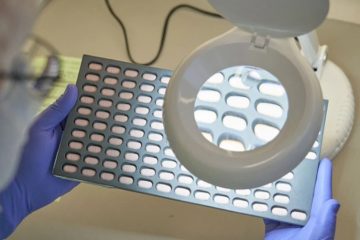Max Kozlov in Nature:
 When clinical trial data for the antiviral drug Paxlovid emerged in late 2021, physicians hailed its astonishing efficacy — a reduction of nearly 90% in the risk of severe COVID-19. But more than a year later, COVID-19 remains a leading cause of death in many countries, and not only in low-income nations where the drug is in short supply. In the United States, for example, hundreds of people still die from COVID-19 each day.
When clinical trial data for the antiviral drug Paxlovid emerged in late 2021, physicians hailed its astonishing efficacy — a reduction of nearly 90% in the risk of severe COVID-19. But more than a year later, COVID-19 remains a leading cause of death in many countries, and not only in low-income nations where the drug is in short supply. In the United States, for example, hundreds of people still die from COVID-19 each day.
Researchers say that the drug’s rollout has been hampered by worries about ‘rebound’ (the mysterious return of symptoms or detectable virus days after a person starts to feel better) and side effects — as well as by declining concern about the risk of COVID-19. Inadequate funding for distribution, the drug’s high price tag and the need for it be taken soon after infection have also slowed its uptake. As a result, physicians have prescribed the drug in only about 0.5% of new COVID-19 cases in the United Kingdom, and in about 13% in the United States, according to a report by the health-analytics firm Airfinity, based in London, UK. Even doctors have reported serious difficulties in helping their family members to obtain Paxlovid.
More here.
